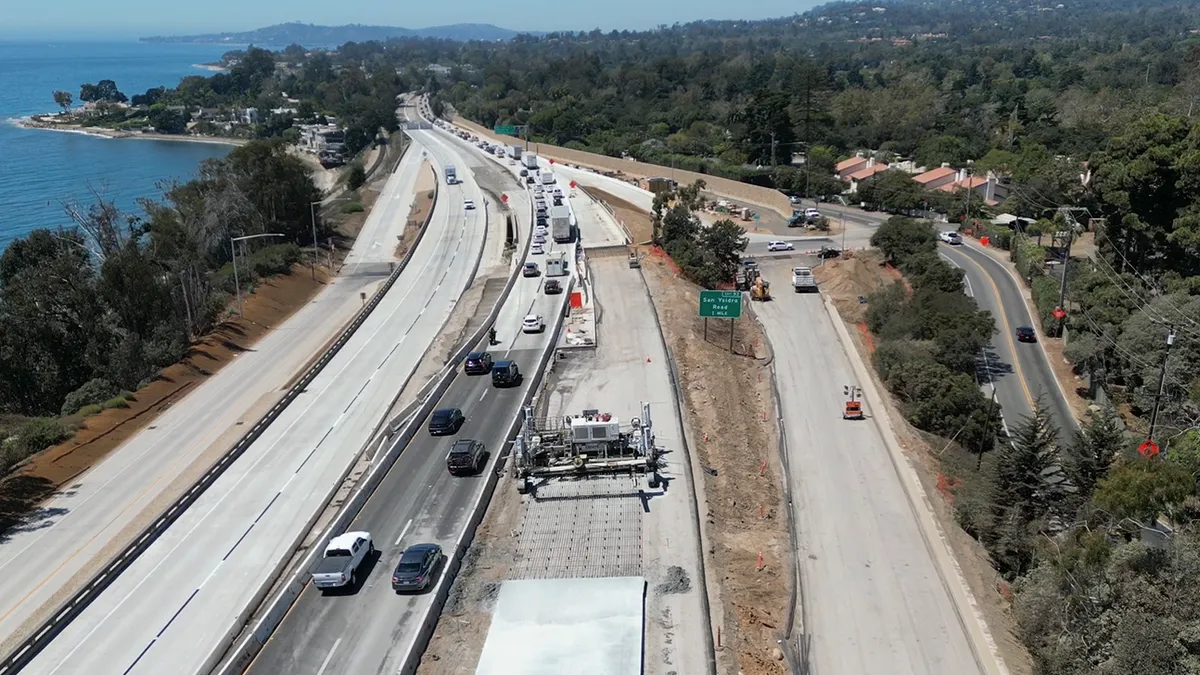Over the past decade, collaborative contracting methods have become more prominent in infrastructure projects. These project delivery practices, also known as “alternative procurement,” are differentiated from traditional low-bid or hard-bid contracting by the early involvement of the contractor in the planning and design phases of the project. This provides a number of benefits to the project by providing a forum to better manage costs and risks, allowing clients to select the best team for a specific project, building trust between stakeholders, leveraging the iterative nature of design development to improve delivery, and addressing sustainability concerns.
One alternative procurement method is the Construction Manager/General Contractor (CM/GC) project delivery method. A CM/GC project starts with the award of a pre-construction services contract where the owner, designer and contractor begin to collaborate on the final shape of the project. Stakeholders work together from the earliest phases of the project to develop scope, optimize design, improve quality, manage costs and share risks.
CM/GC relies on a qualifications-based selection (QBS) process as opposed to the hard and fast rule of “low price wins” in traditional methods. This means the contractor can leverage a team of seasoned experts for every part of project delivery. Owners can choose their designer and contractor based on experience, resume and references, thus avoiding the potential pitfalls of low-price selection.
Collaborative contracting also helps build trust between all stakeholders involved in a project—the owner, designer, contractor and the community around a project. Collaborative contracting methods provide more room for project teams to help address community feedback and avoid or resolve opposition to a project.
CM/GC also works with the iterative nature of design development to systematically improve delivery. At each design milestone, the contractor provides comprehensive advice about cost, schedule, constructability, innovation and risk mitigation, meaning the owner and designer have opportunities to reassess and modify the original plan if needed. CM/GC delivery sets a project on a steady march to optimization and success.
Clearly, CM/GC can provide a host of benefits to a project. This includes the ability to provide significant sustainability benefits. At Granite, we have experienced such sustainability benefits first-hand on our Highway 101 CM/GC project, a major highway reconstruction between Santa Barbara and Carpinteria, California. One striking example is the siting of a concrete batch plant on the project location. Using a traditional low-bid delivery method, permitting a plant on site would have been very difficult because of regulatory hurdles and stakeholder risk. But, because the CM/GC method allowed for more collaboration between Granite, the owner, regulators and community stakeholders during the design phase, we were able to pursue a workable solution for all parties. As a united team, we were able to explain the community benefits of having the plant on site to the permitting agencies, which allowed them to see the bigger picture value proposition, which included benefits of reduced traffic, reduced emissions and lower costs.
Collaborative contracting methods provide more opportunities for owners, designers, and contractors to benefit from multiple perspectives —ultimately, these methods hold great promise for developing more effective solutions to meet community needs. The infrastructure of the future should be built collaboratively.






